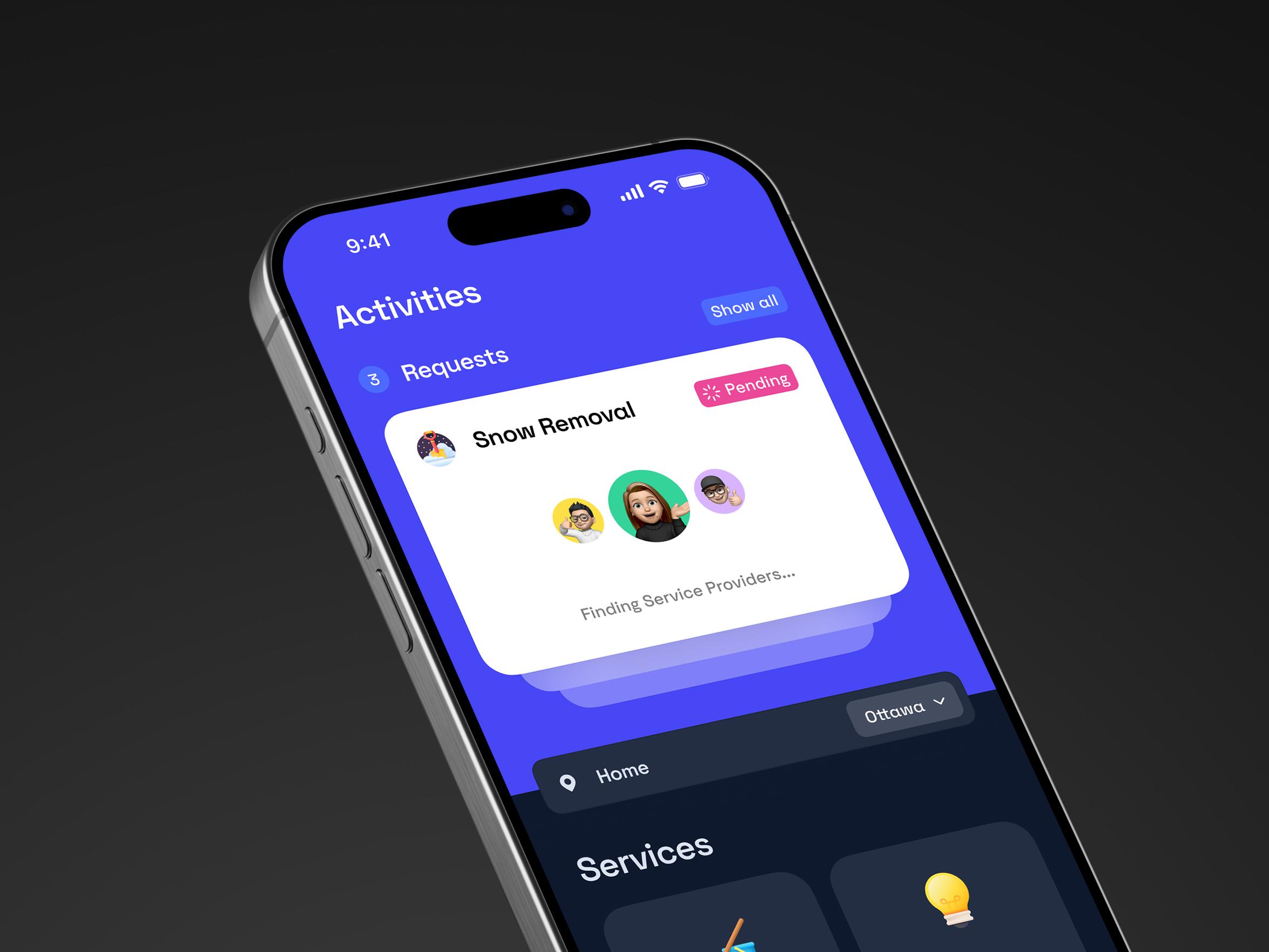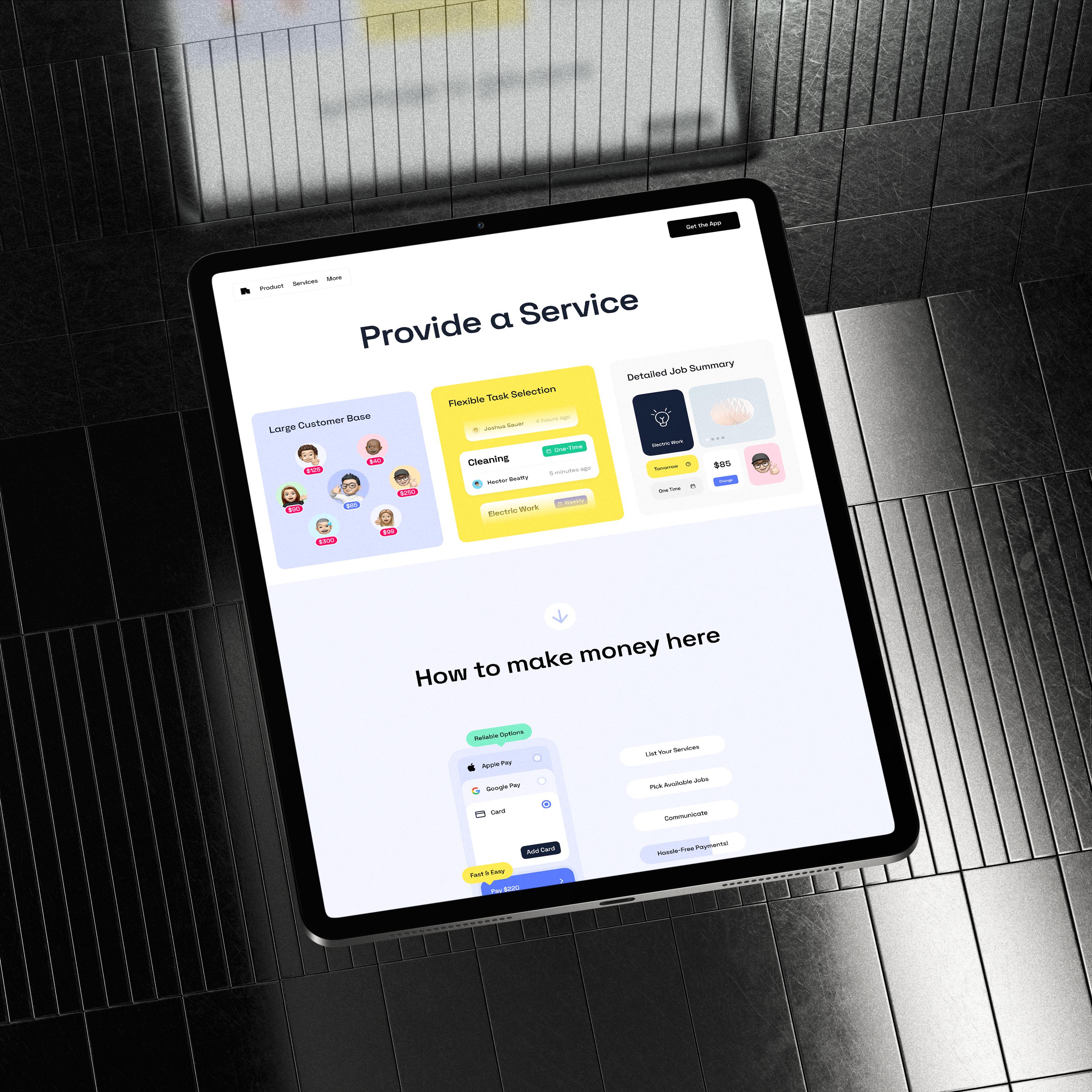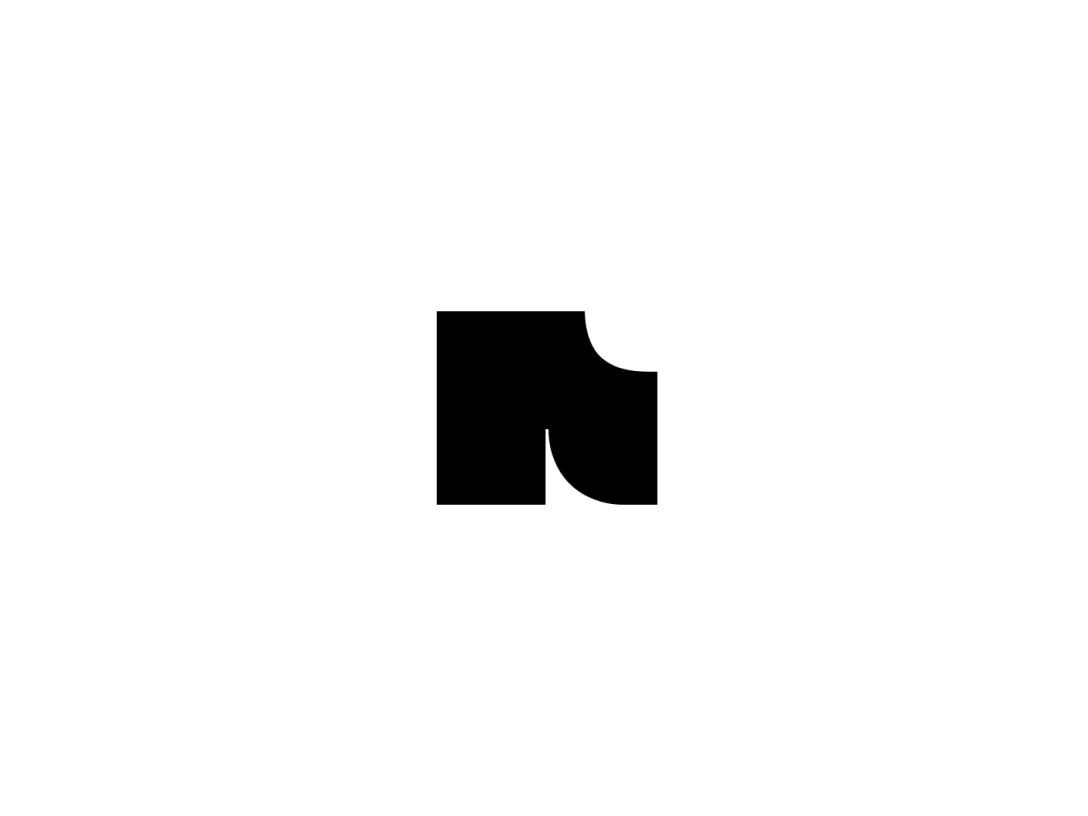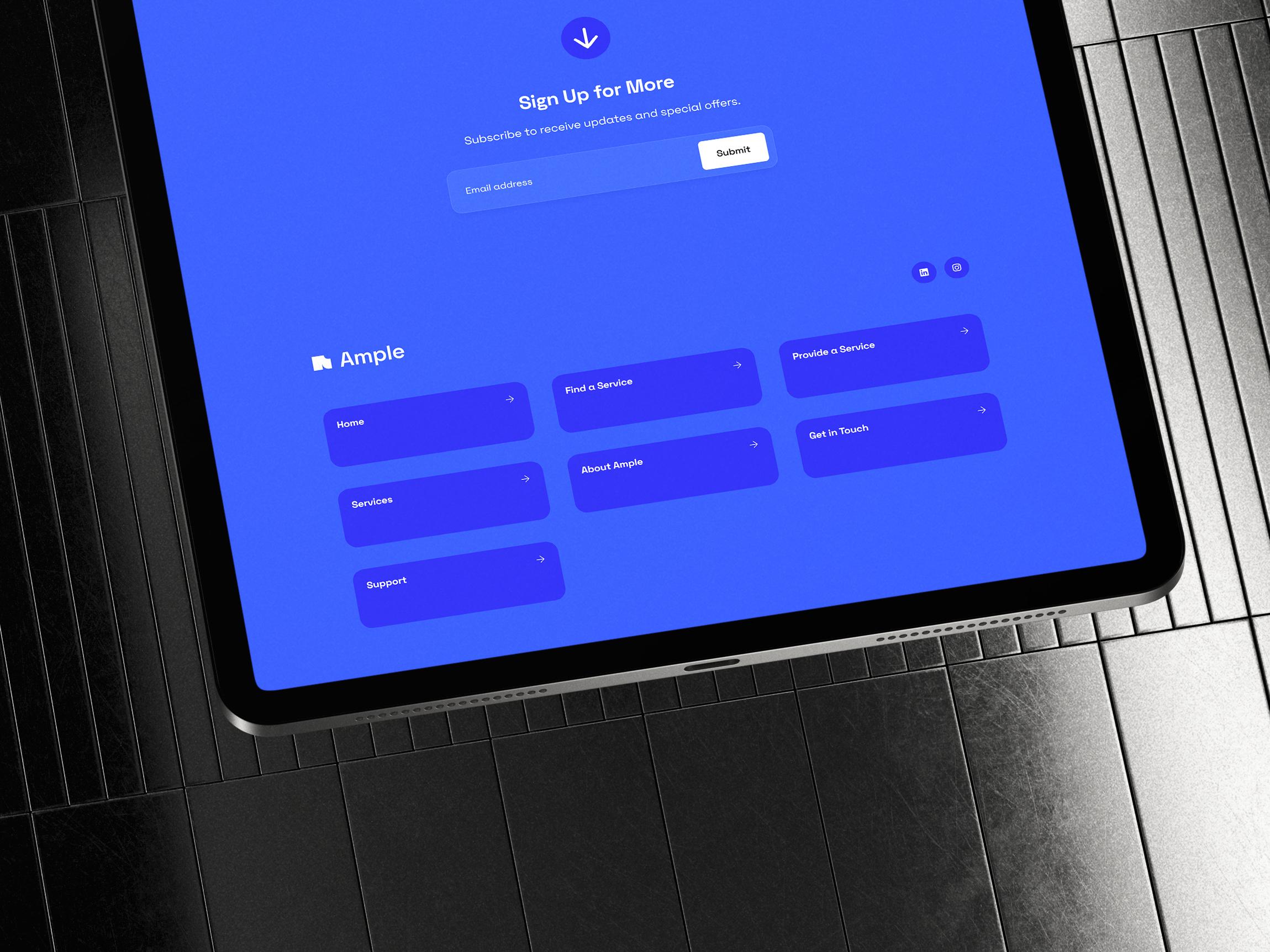What Is a Custom Website? A Complete 2025 Guide

What is a custom website? Right up front: a custom website is a site built from scratch—designed and coded specifically for your brand, your users, and the way your business actually works. It’s not a theme you tweak; it’s a product you own.
Why you should care (and why this guide exists)
If you’ve been burned by slow templates, plugin sprawl, or an off-the-shelf site that can’t scale, you’re not alone. Founders and product leads want clarity: will a custom web design actually move the needle, or is a builder good enough for now? This guide gives you the straight, useful answer—no fluff.
What this article covers (so you can jump straight to what matters)
- Quick decision checklist: is custom right for you?
- Custom vs templates and builders (cost, time, SEO, security)
- Real benefits: UX, performance, SEO, ownership, ROI
- Process & tech: how custom web development actually happens
- Types + examples from our studio (landing pages, ecommerce, SaaS, marketplaces)
Why listen to us? We’re Hooman Studio—we build product-quality, people-first websites for founders and teams (think performance, clarity, and measurable results).
If you want a quick verdict, you just scan the headlines and points and you’ll be good to go. Otherwise, read on—this guide will map the path so your next website decision actually fits where you want to go.
What is a Custom Website? (custom-built website definition)
A custom website is a personalized website crafted from scratch to match your brand, goals, and real user needs. In plain terms, it answers the question ‘what is a custom website’ by doing what templates can’t: tailor every layout, interaction, and technical choice so the site behaves exactly how you want. Think of custom website design and custom web page design as the art and polish, and custom web development as the engine under the hood.
What does a custom website mean for you as a founder
- Full control over visuals, components, and performance
- Features built to fit your workflows, not shoehorned into a template
- Scalable architecture so you can add new products or services without chaos
Quick difference between custom and pre-made websites
- Speed to launch: templates win
- Flexibility & brand fit: custom wins
- Maintenance: templated is easier at first; custom pays off long term
This is the start of your map. If you’re figuring out a path forward, read on — we’ll unpack more.
Custom Website vs. Template Website
If you want something that truly fits your brand and future plans, bespoke website vs template is the kind of call that matters. A custom website design vs template choice isn’t just about looks. It’s about whether you need unique user flows, third-party integrations, or performance tuned to convert visitors into customers. Templates are perfect when you need speed, low cost, and basic features. Custom sites win when your product, operations, or brand can’t be shoehorned into a pre-made layout.
When to pick a template (and be proud of it)
- You’re testing an idea or need an MVP fast.
- Budget or deadline are the real constraints.
- You don’t need integrations or UX patterns.
When bespoke web design makes sense
- Your business has unique processes or data flows.
- You want full SEO and performance control for growth.
- You’re planning to scale, integrate custom tools, or need a signature brand presence.
- Security and ownership are non-negotiable.
Practical trade-offs to keep in mind
Custom website design vs template comes down to trade-offs: time and money now for long-term speed, flexibility, and fewer platform surprises later. If you’re mapping a strategic path for the next 2–5 years, custom often pays back. If you’re sprinting to validate an idea this quarter, grab a template and iterate.
Bespoke Website vs. Website Builder
If you’re weighing a custom website vs CMS or a custom website vs WordPress, think of builders as all-in-one toolkits and custom sites as bespoke machines. Builders like Shopify, Squarespace, Wix, and GoDaddy—and even hosted WordPress plans—get you online fast with hosting, templates, and support baked in.
A custom-coded website gives you complete control over design, performance, and data ownership. Whether you’re comparing a custom website on Shopify or building something fully tailored, the difference is in flexibility and scalability.
Custom website vs WordPress (and custom-coded website vs WordPress)
- What you get
WordPress is a flexible CMS that can be stretched with themes and plugins; a custom-coded website gives you pixel-perfect control and fewer plugin dependencies.
- When to pick which
Choose WordPress if you want a powerful CMS with lots of off-the-shelf features and faster time to launch. Pick a custom-coded site when you need unique UX, tighter performance, or bespoke integrations that plugins can’t cleanly handle.
- Trade-offs
WordPress speeds up content ops but can bloat if you stack plugins. Custom sites cost more up front but simplify long-term performance and ownership.
Bespoke website vs Shopify / custom ecommerce website vs Shopify
- Ecommerce fit
Shopify is brilliant for stores that need reliable hosting, payments, and checkout fast. A custom ecommerce website vs Shopify makes sense when your checkout, inventory, or subscription logic is non-standard.
- Fees & extensibility
Shopify’s app ecosystem is great but can get pricey. Custom ecommerce gives full control over fees, data, and third-party integrations.
Custom website vs CMS (difference between CMS and custom website)
A CMS (WordPress, Drupal) is the content engine; a custom website is the whole house designed around your workflows.
- Hybrid approach
Many custom builds use a CMS headlessly to get the best of both worlds: editorial ease plus bespoke front-end performance.
Custom websites on GoDaddy / on Squarespace / on Shopify (and vs Wix)
- Hosted builders (Squarespace, Wix, GoDaddy)
Super fast to start, include hosting and support, and great for small portfolios or local shops.
- Limits
Drag-and-drop ease comes with platform constraints: URL structures, advanced SEO tweaks, and exportability are often limited. If you plan to scale beyond a brochure site, consider a custom site instead of locking into a builder.
- On Shopify
You can build a custom website on Shopify with headless or custom themes, but you’ll still be within Shopify’s ecosystem and fees.
Quick performance + trust note
No matter which path you choose, prioritize Core Web Vitals, semantic markup, and authoritativeness. A custom site lets you own those technical SEO wins from the start; builders and CMSs can work too, but they often need extra upkeep.
If you’re mapping a 2–5 year product roadmap, treat this choice like product strategy — not a checkbox.
Benefits of a Custom Designed Website
A well-built custom website design is an investment in how your brand shows up, how fast it loads, and how smoothly it turns visitors into customers. Below are the real, practical benefits of custom website development written for founders who care about results and hate surprises.
1. Better user experience that actually converts
- Tailored navigation, content flows, and CTAs based on real user needs, not what fits a theme.
- Personalization options (dynamic content, account-aware UI) that increase engagement and lower bounce.
- Accessibility and mobile-first tweaks included from day one so everyone gets a snappy, usable experience.
2. Performance-optimized website that respects attention
- Lean front-end code, targeted assets, and caching strategies that bump Core Web Vitals.
- Fewer unnecessary scripts and no plugin bloat, which means faster pages and happier users.
- Better baseline for measuring improvements — you can test LCP, INP, and CLS and actually improve them.
3. SEO-friendly website development that’s strategic
- Clean semantic HTML, custom URL structure, and schema where it matters.
- Content architecture aligned with intent and topical depth so search engines — and people — understand your pages.
- Easier to implement technical SEO fixes without fighting platform limits.
4. Scalable web architecture for real growth
- Modular components and APIs so you can add features (marketplaces, subscription models, dashboards) without rewiring everything.
- Infrastructure choices (CDN, autoscaling, headless CMS) that match your traffic and roadmap.
- Lower technical debt over time compared to shoehorning features into a template.
5. Distinct brand identity through bespoke website design
- Unique visuals, motion, and micro-interactions that communicate trust and character.
- Storytelling and UI patterns that reinforce positioning instead of blending into the same template crowd.
6. Security, ownership, and long-term ROI
- Tailored security measures, clear ownership of code and data, and hosting choices you control.
- Higher upfront cost but a longer lifespan and fewer surprise rebuilds — the ROI comes from conversions, retention, and less firefighting.
A quick reminder
Custom web design isn’t vanity. It’s about making the product usable, discoverable, and owned by you. This section is just one part of the roadmap — next we’ll dig into cost, timelines, and real-world trade-offs.
Custom Website Development Process and Technologies
Custom web development is less magic, more map. A good custom web development company follows a clear path from “what problem are we solving?” to “site live and measurable.” Each phase answers a business question and hands you concrete deliverables so nothing gets lost in translation.
Step-by-Step Custom Web Develop Process (what you’ll see and get)
1. Discovery — clarify the mission
Activities: stakeholder interviews, analytics review, competitor scan, success metrics.
Deliverables: brief, prioritized feature list, personas, success KPIs.
Why it matters: prevents feature bloat and keeps the build aligned with business goals.
2. Planning — map the architecture
Activities: sitemap, user flows, tech stack decision (see below), data model, API needs.
Deliverables: wireframes, technical spec, project roadmap with sprints.
Benefit: makes cost and time predictable.
3. Design — UX that earns trust
Activities: hi-fi mockups, interactive prototypes, accessibility review, content strategy.
Deliverables: design system, responsive layouts, annotated prototypes.
Note: we test with real users or quick guerrilla checks to validate assumptions.
4. Development — front end and back end
Front-end: React, Next.js, Vue, or Svelte for dynamic, fast UIs.
Back-end: Node.js, Laravel, Ruby on Rails, or .NET depending on data and scale.
CMS: headless options like Sanity, Contentful, or Agility CMS for editorial workflows.
Databases & infra: PostgreSQL/MySQL for relational needs, MongoDB for flexible schemas; CDN, caching, autoscaling in cloud (AWS, GCP, Vercel).
Deliverables: working features, components, API contracts, staging site.
5. QA & testing — break it before users do
Activities: Functional, cross-browser, responsive, accessibility (WCAG), load and security testing.
Automation: unit tests, integration tests, and end-to-end tests run via CI/CD pipelines.
6. Deployment & monitoring
CI/CD: automated builds and deploys (GitHub Actions, GitLab CI).
Observability: error reporting (Sentry), performance monitoring (New Relic), uptime checks.
Deliverables: production site, runbook, rollback plan.
7. Post-launch — iterate like a product
Activities: A/B tests, performance tuning, content ops training, sprinted feature roadmap.
Note: Long-term support from your web development services provider keeps technical debt in check.
Technology choices — match tool to need
- Choose Next.js + headless CMS for content-heavy sites that need speed and SEO.
- You can pick Shopify/Shopify Plus or bespoke ecommerce stacks when cart logic or custom integrations matter.
- Use bespoke development when editorial teams need powerful CMS features with custom front-end performance.
Practical case structure (mini example)
- Problem: slow lead flow from the homepage.
- Approach: discovery → redesigned funnel → Next.js front-end + headless CMS → performance audit → +25% leads in 90 days.
- Why this works: clear goal, small iterative sprints, measurable results.
Final Reminder
A website build is product work, not one-off design. The best custom web development pairs engineering with ongoing measurement. At Hooman Studio we treat launches as the first step — not the finish line — and keep humans, speed, and clarity front and center.
Custom Website Types and Examples
There’s no one-size-fits-all when it comes to custom websites — and that’s exactly the point. Every business, brand, or creator has a different story to tell, so their site should look, move, and behave differently too. Let’s look at a few custom website types and real-world examples to show what’s possible when you skip the template and go bespoke.
1. Custom Websites for Small Businesses
A custom business website isn’t about fancy animations or huge budgets. It’s about credibility and conversions. For small businesses — think local clinics, boutique gyms, or family-run cafés — a tailored website helps you stand out among the “we all look the same” crowd on Wix or Squarespace.
Example: Bayside Living by Divine Villas — a collection of nine boutique row homes in Horseshoe Bay. We partnered with Divine Villas to build a high-performing custom landing page that brought the coastal lifestyle to life.
The site combined rich visuals, detailed real estate content, and a warm, minimal brand identity to capture both emotion and trust. The result was a site that didn’t just look beautiful; it generated qualified leads and positioned Bayside Living as a standout development in the North Shore market.
That’s what a good custom site does — it makes people feel something and take action.
2. Custom Ecommerce Website
If you’re selling online, templates get limiting fast. A custom ecommerce website gives you freedom — custom checkout logic, subscription systems, bundle options, and performance tuned for conversion.
Example: Jeff Wilson Art — we partnered with Vancouver-based artist Jeff Wilson to build a custom ecommerce platform as thoughtful as his paintings.
The site combines a refined visual identity with smooth, intuitive product navigation, letting collectors explore, select, and purchase artworks without friction. Instead of shoehorning features into a template or fighting plugin limitations, we created a React-based, bespoke experience that felt personal and intentional. The result? More engagement, easier transactions, and a platform that showcases Jeff’s work beautifully while keeping the art accessible.
3. Portfolio and Personal Websites
For creators, consultants, and designers, your website is your reputation. A custom portfolio website shows craft through every pixel. From smooth galleries to client feedback sections and scroll-triggered motion, it says: “Yes, I care about the details.”
Example: Nadja Müller — we partnered with clinical nutritionist Nadja Müller to build a personal brand website that mirrors her patient-centered approach. From the calming, intentional visual identity to an intuitive, welcoming site structure, every element was designed to feel approachable yet professional. Instead of forcing a generic template, we created a bespoke site that emphasizes clarity, ease of use, and Nadja’s expertise—making her services feel accessible and personalized. The result? Visitors immediately understand her approach, and the website itself reinforces the care and attention she brings to her practice.
4. Corporate and Educational Websites
Large organizations need scalability — hundreds of pages, multiple departments, and strict accessibility standards. A custom corporate website or educational platform makes that manageable.
Example: Windward Healthcare — we partnered with Windward Healthcare, an occupational therapy provider, to create a site that’s both immersive and functional. Beyond a polished homepage, we built a Three.js-powered experience with a paper boat metaphor, representing the journey from challenge to progress. The project also included a custom dashboard, AI-driven voiceovers, and multilingual translation, making content accessible and inclusive. The final product doubles as an engaging public site and a high-performance member platform—bringing Windward’s mission of care and transformation to life online.
5. SaaS and Web App Marketing Sites
SaaS founders know: your homepage is your demo. A bespoke website for SaaS products blends story, motion, and clarity to explain complex tools in seconds.
Example: Ample — we partnered with Ample to rethink how people find and book home services. The result is a mobile-first platform that simplifies an often confusing process. From strategy to design and full-stack development, we created an intuitive experience connecting service seekers with the right professionals quickly and clearly.
The app handles chat, payments, and change orders in one seamless flow, giving providers an organized pipeline and homeowners peace of mind. Behind the scenes, the custom architecture supports evolving features and integrations without breaking the user experience. Ample shows how a well-built SaaS site—or web app marketing platform—can make complex services feel effortless.








6. Content & Media Sites
Blogs, digital magazines, and media startups thrive on structure. A custom content site gives you full control over taxonomy, related posts, recommendation systems, and ad management.
Example: FEIART — we teamed up with FEIART to create a global online marketplace for original art, from paintings and photography to sculpture. Instead of relying on standard templates, we built a fully custom platform that lets artists upload, categorize, and showcase their work effortlessly while keeping control of their brand.
The site handles high-resolution imagery, rich content, and complex navigation with speed and clarity. Paired with elegant branding and an intuitive interface, FEIART makes it easy for collectors and curators to discover, explore, and purchase art from anywhere in the world—without compromising performance or style.
Real-World Takeaway
From small business sites to enterprise platforms, custom web design is about solving specific problems with smart, human-first design and clean, scalable code. Every great site in a portfolio of custom websites started with the same question: �“What do users really need?”
Once you answer that, the rest — colors, layouts, frameworks — falls beautifully into place.
Your Next Custom Built Website Starts Here
By now, you know what a custom website is, how it differs from templates or builders, and why it can be a game-changer for your business. From better user experience to scalable architecture, performance optimization, SEO control, and a distinct brand identity, a custom website isn’t just a site—it’s a strategic asset built to grow with you.
But knowledge alone isn’t enough. If your goal is growth, clarity, and control over your digital presence, it’s time to act. Take these steps:
1. Assess your needs: Is your current site limiting your growth or brand expression?
2. Plan strategically: Consider long-term goals—scalability, integrations, and user experience.
3. Engage experts if needed: A partner like us (: can help you translate your vision into a website that truly performs.
Your custom website isn’t a luxury—it’s a tool that earns you trust, conversions, and flexibility for years to come.
So here’s the question for you: Which part of your business would benefit most from a website built just for you? Share your thoughts and reach out to start mapping your custom site today.